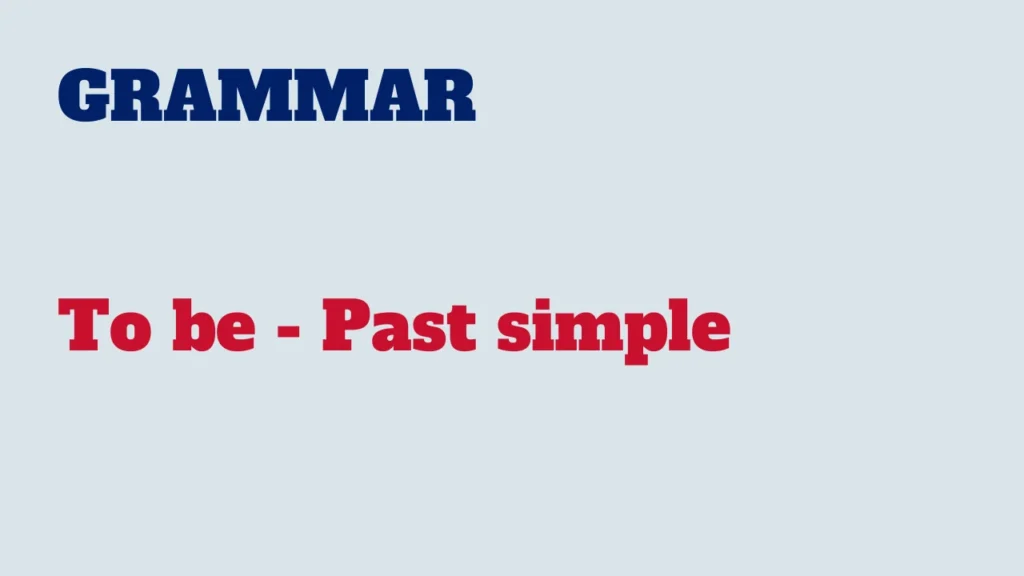The past simple tense of the verb “to be” is used to describe completed actions or states in the past.

Let’s explore the forms and usage of “to be” in the past simple tense:
Forms of “To Be” in past simple tense:
Affirmative:
I/he/she/it + was
You/we/they + were
Examples:
She was at the party last night.
They were happy yesterday.
Negative:
I/he/she/it + was + not (wasn’t)
You/we/they + were + not (weren’t)
Examples:
We weren’t at home when you called.
It wasn’t cold last Friday.
Interrogative:
Was + I/he/she/it + ?
Were + you/we/they + ?
Examples:
Were they at the concert?
Was she at home this morning?
Usage of “To Be” in past simple tense:
Describing past states:
Use the past simple tense of “to be” to talk about states or conditions in the past.
Example:
She was happy with the results.
Talking about past actions:
Use it to describe specific actions or events that occurred and were completed in the past.
Example:
They were in Paris last summer.
Narrating past events:
Commonly used in storytelling or recounting events.
Example:
When I arrived, he was already gone.
Expressing past habits:
Used to describe habits or regular activities that were characteristic of a person in the past.
Example:
She was always late for class.
Understanding how to use “to be” in the past simple tense allows for accurate communication about past events and conditions. Practice incorporating these forms into your writing and speech to strengthen your language skills. Happy learning!



